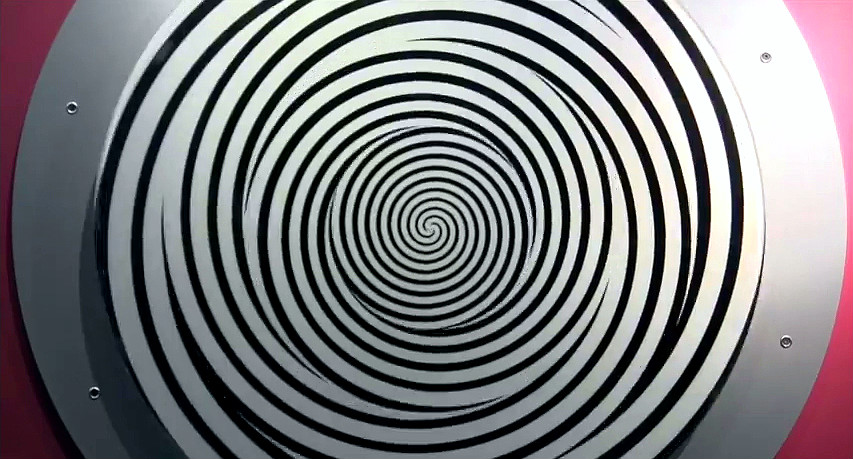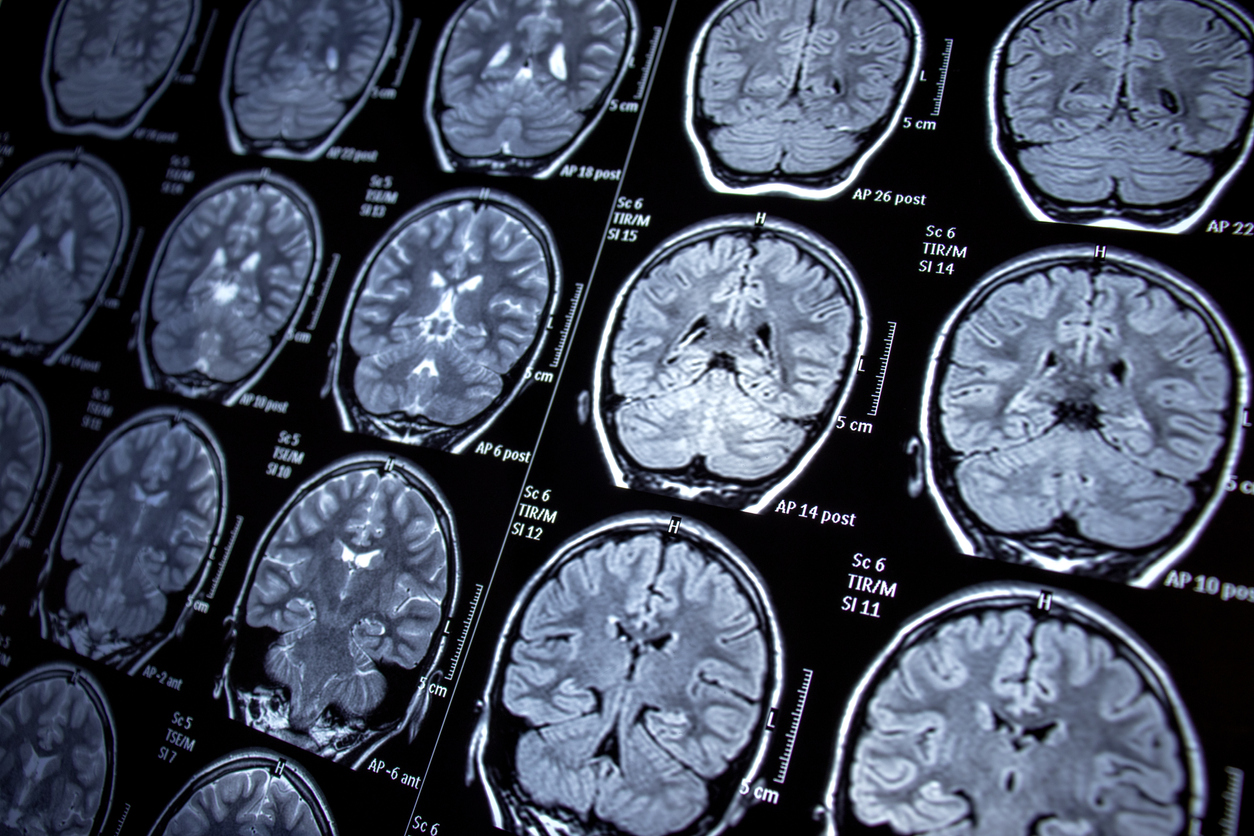We tend to think of our relationship to objects in a linear sense: we buy something, we use it, we get rid of it.
But there’s a growing movement, one you may well have heard of, that looks at this process not as a straight line from acquiring to discarding, but as a circle.
“A circular economy is a model of production and consumption in which things are shared or leased or repurposed and kept out of the waste stream,” says Science World’s Climate Education Specialist Sarah Tulga. “Essentially, new life is given to them.”
Which means if you’ve ever bought at a garage sale, or sold on Craigslist, or even borrowed from a friend, you’ve taken part in the circular economy.
Environmentally speaking, that circle is magic.
In fact, in a world filled with billions of items, many of which exist in landfills and oceans long after their usefulness has been exhausted, it is a critical part of mitigating the climate crisis.
But before we get to that, let’s look at the start of that cycle: our desire to acquire new things, above and beyond the essentials we need to survive. Why do we, as human beings, like new things in the first place?
It turns out our brains like novelty. A lot. In fact, when using neuroimaging, which measures the electricity that neurons (our brain cells) use to communicate with each other, our brains respond a lot stronger to things we’ve never experienced before. As much as three to five times stronger, says Dr. Sylvain Moreno, Associate Professor of Neuroscience at SFU.
“Let’s say a musician, who’s very experienced in sound differentiation, hears a sound they’ve never heard before; their brain will react very strongly because their brain is already trained to capture differences in sounds,” says Dr. Moreno. “The same would go for someone who isn’t a musician, just to a lesser degree.”
Why do our brains have such strong reactions to new things?
“It’s rooted in survival,” Dr. Moreno says. “We need to understand if novel stimuli in our environment is dangerous or not.”
And we need to be able to do it quickly. Which is where dopamine, the neurotransmitter of value-based judgments, comes in.
When our brain deems something ‘good’ it releases dopamine. Now, as Dr. Moreno points out, dopamine doesn’t distinguish between ‘good’ and ‘good for you.’ Because something like salty, sugary, fatty junk food can cause our brains to release dopamine even though, nutritionally speaking, it’s not necessarily ‘good’ for us.
This is your brain on science

Go deeper on how music affects your brain.
Read more
Warp your brain with our mesmerizing illusion.

Why do our brains have such strong reactions to new things?
Whether we then act—or not—is a process governed by the prefrontal cortex, which Dr. Moreno calls the “CEO of the brain.” It’s the part responsible for strategic shifts, planning and decision-making, i.e., determining whether it’s out with the old and in with the new.
Or the new to you.
Want to learn more about the science of circular economy?
Explore the science and solutions for regenerating our planet at Change Reaction.
